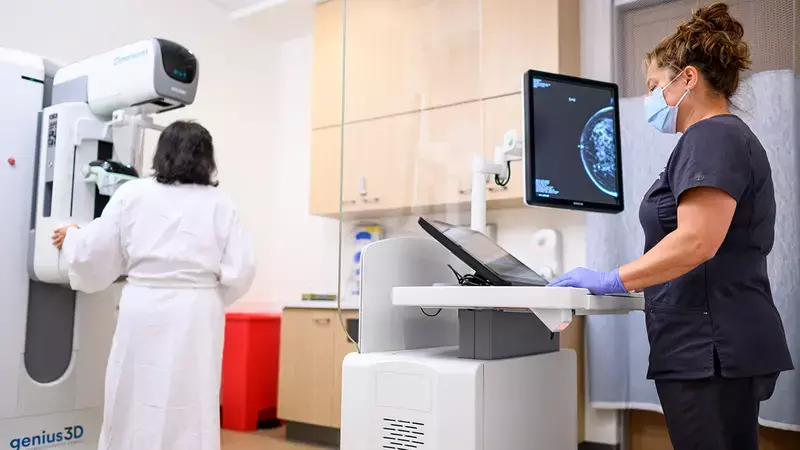- Home
- Medical news & Guidelines
- Anesthesiology
- Cardiology and CTVS
- Critical Care
- Dentistry
- Dermatology
- Diabetes and Endocrinology
- ENT
- Gastroenterology
- Medicine
- Nephrology
- Neurology
- Obstretics-Gynaecology
- Oncology
- Ophthalmology
- Orthopaedics
- Pediatrics-Neonatology
- Psychiatry
- Pulmonology
- Radiology
- Surgery
- Urology
- Laboratory Medicine
- Diet
- Nursing
- Paramedical
- Physiotherapy
- Health news
- Fact Check
- Bone Health Fact Check
- Brain Health Fact Check
- Cancer Related Fact Check
- Child Care Fact Check
- Dental and oral health fact check
- Diabetes and metabolic health fact check
- Diet and Nutrition Fact Check
- Eye and ENT Care Fact Check
- Fitness fact check
- Gut health fact check
- Heart health fact check
- Kidney health fact check
- Medical education fact check
- Men's health fact check
- Respiratory fact check
- Skin and hair care fact check
- Vaccine and Immunization fact check
- Women's health fact check
- AYUSH
- State News
- Andaman and Nicobar Islands
- Andhra Pradesh
- Arunachal Pradesh
- Assam
- Bihar
- Chandigarh
- Chattisgarh
- Dadra and Nagar Haveli
- Daman and Diu
- Delhi
- Goa
- Gujarat
- Haryana
- Himachal Pradesh
- Jammu & Kashmir
- Jharkhand
- Karnataka
- Kerala
- Ladakh
- Lakshadweep
- Madhya Pradesh
- Maharashtra
- Manipur
- Meghalaya
- Mizoram
- Nagaland
- Odisha
- Puducherry
- Punjab
- Rajasthan
- Sikkim
- Tamil Nadu
- Telangana
- Tripura
- Uttar Pradesh
- Uttrakhand
- West Bengal
- Medical Education
- Industry
DBT Bests Digital Mammography for cancer detection irrespective of breast density

Digital breast tomosynthesis (DBT) provides reconstructed, quasi-three-dimensional mammographic images of the breast, and has been proposed to improve cancer detection in screening through better visualisation of lesions that may be obscured by dense and/or overlapping breast tissue on conventional (two-dimensional) digital mammography (DM).
A recent study suggests that DBT has differential incremental cancer detection and recall by breast density than digital mammography (DM). The study findings were published in the British Journal of Cancer on 28 March 2022.
Multiple studies have compared DBT and DM in breast cancer screening, including six published systematic reviews. All of these reviews reported that detection measures favoured DBT (compared to DM) for breast cancer screening; however, none reported screening detection measures by high and low breast density. To address the knowledge gap Dr Tong Li and her team conducted a study to examine whether digital breast tomosynthesis detects differentially in high- or low-density screens.
In this systemic review, the researchers searched six databases (2009–2020) for studies comparing DBT and digital mammography and reporting cancer detection rate (CDR) and/or recall rate by breast density. They also performed a meta-analysis to assess pool incremental CDR and recall rate for DBT (versus DM) for high- and low-density (dichotomised based on BI-RADS) and within-study differences in incremental estimates between high- and low-density. Screening settings (European/US) were also compared.
Key findings of the study:
- Upon analysis, the researchers found that the pooled within-study difference in incremental CDR for high- versus low-density was 1.0/1000 screens.
- They noted that the estimates were not significantly different in US (0.6/1000) and European (1.9/1000) settings (p for subgroup difference = 0.15).
- For incremental recall rate, they observed that the within-study differences between density subgroups differed by setting.
- They noted that the pooled incremental recall was less in high- versus low-density screens (−0.9%) in US screening, and greater (0.8%) in European screening.
The authors concluded, "DBT has differential incremental cancer detection and recall by breast density. Although incremental CDR is greater in high-density, a substantial proportion of additional cancers is likely to be detected in low-density screens. Our findings may assist screening programmes considering DBT for density-tailored screening."
For further information:
Medical Dialogues Bureau consists of a team of passionate medical/scientific writers, led by doctors and healthcare researchers. Our team efforts to bring you updated and timely news about the important happenings of the medical and healthcare sector. Our editorial team can be reached at editorial@medicaldialogues.in.
Dr Kamal Kant Kohli-MBBS, DTCD- a chest specialist with more than 30 years of practice and a flair for writing clinical articles, Dr Kamal Kant Kohli joined Medical Dialogues as a Chief Editor of Medical News. Besides writing articles, as an editor, he proofreads and verifies all the medical content published on Medical Dialogues including those coming from journals, studies,medical conferences,guidelines etc. Email: drkohli@medicaldialogues.in. Contact no. 011-43720751


